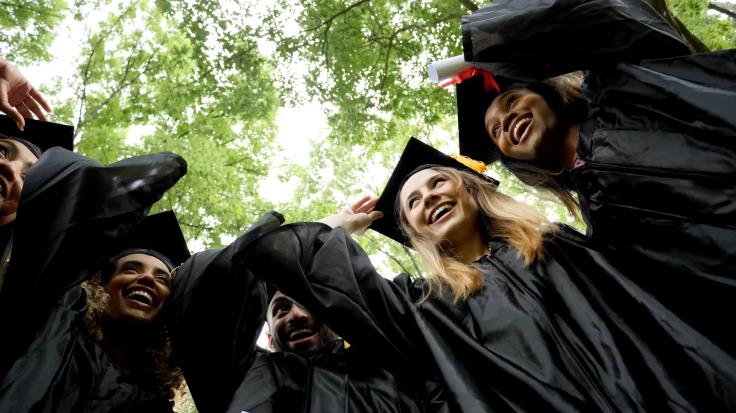Abstract
This activity is designed to help students analyze how the hidden curriculum functions in their own educational experiences and the experiences of others. Through this activity, students will be able to define the hidden curriculum, assess their own educational environment, and ultimately, explain how the hidden curriculum contributes to educational...
Download this resource to see full details. Download this resource to see full details.
Details
- Subject Area(s):
- Education, Introduction to Sociology/Social Problems, Knowledge, Race, Class and Gender, Stratification/Mobility, Teaching and Learning in Sociology
- Resource Type(s):
- Assessment, Assignment, Class Activity, PowerPoint
- Class Level(s):
- Any Level
- Class Size(s):
- Medium, Small
Usage Notes
Usage Notes
This activity requires 45-50 minutes of class time. In preparation for the activity, students should be assigned to read excerpts from Anthony Jack’s The Privileged Poor: How Elite Colleges Are Failing Disadvantaged Students. I suggest these excerpts be supported by Jack’s New York Times piece, “What the...
Download this resource to see full details. Download this resource to see full details.
Learning Goals and Assessments
Learning Goal(s):
-
Goal 1: Students will identify examples of the hidden curriculum and evaluate how the hidden curriculum contributes to educational inequalities.
-
Goal 2: Students will analyze how the hidden curriculum functions in their own educational experiences as well as others.
-
Goal 3: Students will be able to communicate to others what the hidden curriculum is and what its effects are on educational inequality.
- Goal 4: Students will be able to use the knowledge they gain about the hidden curriculum to positively impact their own educational trajectory.
Goal Assessment(s):
- Assessment 1: Students ability to identify examples of the hidden curriculum and evaluate how the hidden curriculum contributes to educational inequalities will be assessed through paired discussion and guided discussion.
- Assessment 2: Students ability to analyze how the hidden curriculum functions in their own educational experiences as well as others will be assessed through the post-it activity, where students group patterns of hidden curriculum experiences.
- Assessment 3: Students ability to communicate character and consequences of the hidden curriculum will be assessed through an applied assignment that asks them to produce a flyer or course syllabus.
- Assessment 4: Students ability to analyze their own educational experiences will be assessed through weekly ‘journal’ entries.
When using resources from TRAILS, please include a clear and legible citation.


